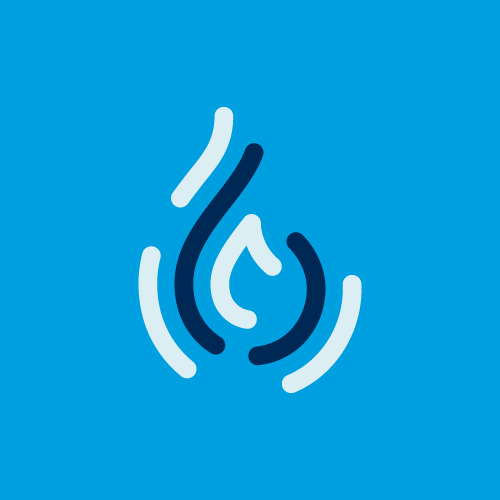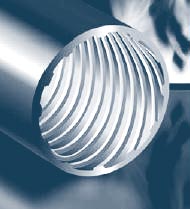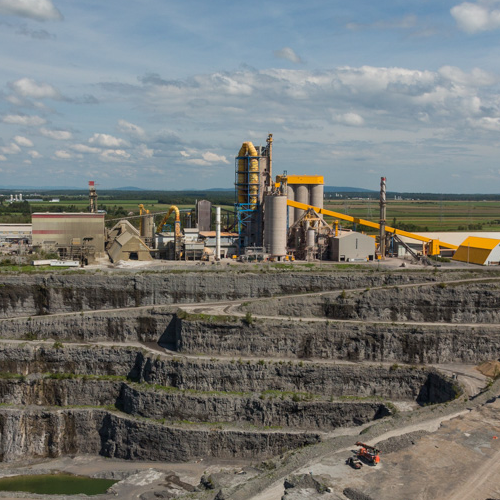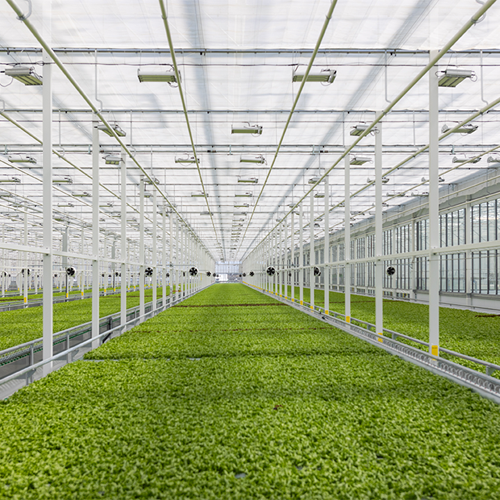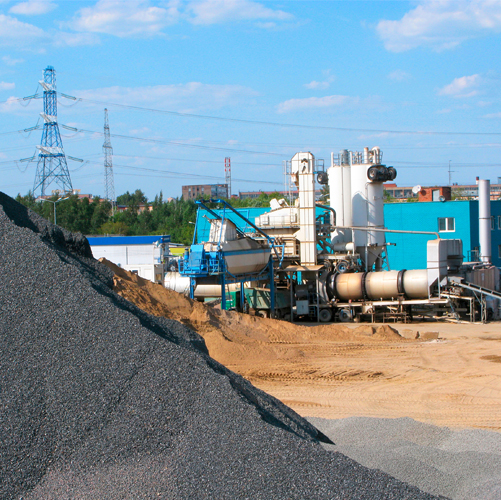The Québec market has a great many fire tube boilers, appreciated for their simple construction and affordable cost.
A fire tube boiler can be recognized by its cylindrical shape. Inside this cylinder is the firebox, a large-diameter tube in which natural gas is burned, as well as several tubes of smaller diameters, which we call convection tubes. The combustion gases are cooled inside these tubes. The firebox and the convection tubes are submerged in water, which they heat to produce steam or hot water. The combustion of natural gas is effected through a pressurized burner, to which the combustion air is routed by a forced draft fan.
Two, three and four-pass fire tube boilers exist (the figure indicates the number of times combustion gases pass through). A higher number of passes generally means increased efficiency.
In fire tube boilers, because the combustion gases pass inside the tubes and the heat migrates out through the tube walls and into the water to be heated, heat transfer performance is mainly induced by the convection heat transfer coefficient. If we want to increase this coefficient, we simply have to increase the turbulence inside
the convection tube.
Two ways of increasing turbulence have been measured and evaluated by the Natural Gas Technologies Center (NGTC): corrugated tubes and the insertion of turbulators.
With corrugated tubes, the purpose is to increase the internal roughness of the convection tubes while giving a direction to the flow of combustion gases. Grooves are factory-created inside each tube. This solution calls for the tubes to be changed completely.
The same principle is applied for the turbulator, except that it is inserted into the existing convection tube by means of a circular metal rod.
To quantify the performance of these two solutions, the NGTC tested a two-pass fire tube boiler with a capacity of 175 BHP (5,550 lb/h of steam produced at 125 psig).
The tests were designed to measure steam production as well as the efficiency and pressure loss at different operating speeds. The tests were performed with:
- smooth convection tubes;
- corrugated tubes;
- turbulators.
The results obtained are presented in the following table. Our findings from the tests are as follows:
- the smooth tubes have the lowest efficiency;
- the insertion of turbulators in the tubes induces substantial pressure losses; in this case, the maximum capacity was reduced by 800 lb/h due to the limit of the burner’s forced draft fan;
- the corrugated tubes made it possible to increase efficiency by nearly 7% at rated capacity with an increase in pressure loss of 1.2 inche of water;
- if the results obtained are compared at 4,700 lb/h, the maximum capacity at which we were able to operate the boiler with the turbulators, we observed a 7.5% gain in efficiency. This gain is 1% greater than the gain with the corrugated tubes.
Efficiency depending on technology used
| technology / capacity | smooth tubes | corrugated tubes | turbulators | |
| 5,500 (lb/h) | Boiler efficiency | 72.3% | 79.2% | N/A |
| Pressure loss (inches of water) | 3.4 | 4.6 | N/A | |
| 4,700 (lb/h) | Boiler efficiency | 73% | 79.5% | 80.5% |
| Pressure loss (inches of water) | 2.7 | 3.4 | 11.5 | |
| 3,750 (lb/h) | Boiler efficiency | 73.5% | 79.8% | 80.3% |
| Pressure loss (inches of water) | 2.0 | 2.4 | 9.7 | |
| 2,000 (lb/h) | Boiler efficiency | 75.5% | 79.4% | 80.5% |
| Pressure loss (inches of water) | 0.7 | 0.7 | 5.0 | |
In the case of a two-pass fire tube boiler of 175 BHP, we can expect approximate costs of $1,000 for the turbulators and $810 in additional costs for corrugated tubes instead of smooth tubes. In the case of a boiler operating at 75% of its rated load, 2,000 hours per year, we can expect a simple return on investment in one month.
For three-pass boilers, a smaller gain in efficiency of around 1% to 3% must be expected, since this type of boiler already performs better. In the case of four-pass boilers, the gains in efficiency are considered negligible.
Thus, for fire tube boilers on which the convection tubes must be changed, the corrugated tube option is quite attractive. If the existing tubes are in good condition, the addition of turbu-lators can be considered. However, in that case, since pressure loss increases considerably, the rated capacity could be affected.
So these solutions are two simple and effective ways of improving the performance of fire tube boilers.
Marc Beauchemin, eng.
Department head, Technological development
DATECH Group
Continue reading




